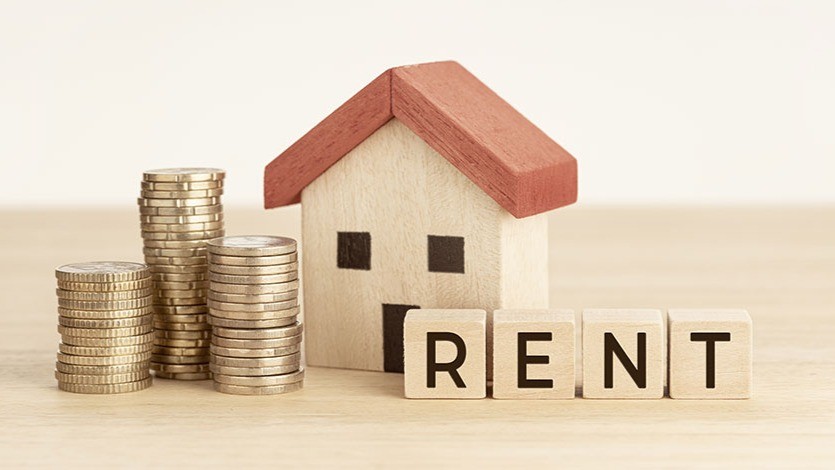
Finding the perfect home to rent is a significant decision that requires careful planning and consideration. Whether you are moving to a new city, looking for an upgrade, or simply exploring a temporary living arrangement, Rent a home offers flexibility and convenience. This guide will provide you with essential information to help you navigate the rental process smoothly.
Benefits of Renting a Home
Renting a home comes with several advantages, making it an attractive option for many individuals and families. Here are some of the key benefits:
-
Flexibility: Renting allows you to move more easily compared to homeownership, making it ideal for those with job relocations or uncertain future plans.
-
Lower Upfront Costs: Unlike buying a home, which requires a substantial down payment, renting typically requires only a security deposit and the first month’s rent.
-
Maintenance-Free Living: In most rental agreements, landlords are responsible for maintenance and repairs, relieving tenants of costly upkeep.
-
Access to Amenities: Many rental properties offer amenities such as swimming pools, fitness centers, and security services that might be expensive to maintain in a privately owned home.
-
Financial Flexibility: Renting can be more affordable than owning a home, especially in high-cost real estate markets. It also eliminates concerns about property taxes and fluctuating home values.
Steps to Renting a Home
1. Determine Your Budget
Before you start searching for a rental, establish a budget. A general rule of thumb is to spend no more than 30% of your monthly income on rent. Consider additional expenses such as utilities, internet, and renters’ insurance.
2. Choose the Right Location
Location is one of the most important factors when renting a home. Think about proximity to work, schools, public transportation, shopping centers, and other essential services. Safety and neighborhood environment are also critical considerations.
3. Decide on the Type of Home
Rental options vary widely, including apartments, townhouses, condos, and single-family homes. Each type offers different benefits, so choose one that suits your lifestyle and needs.
4. Start Your Search
Use online rental platforms, real estate agents, and local listings to find available properties. It’s also helpful to ask friends or family for recommendations.
5. Schedule Property Viewings
Once you have shortlisted potential homes, visit them in person to inspect their condition, verify amenities, and assess the neighborhood. Pay attention to factors such as noise levels, lighting, and overall upkeep.
6. Review Lease Agreements Carefully
The lease agreement outlines the terms and conditions of your rental. Read it thoroughly and clarify any doubts with the landlord. Key elements to check include:
-
Rental amount and due dates
-
Lease duration
-
Security deposit and refund policies
-
Maintenance responsibilities
-
Pet policies (if applicable)
7. Submit an Application and Required Documents
Most landlords require an application along with proof of income, identification, and rental history. Some may also conduct background and credit checks.
8. Pay the Security Deposit and Sign the Lease
Once your application is approved, you’ll need to pay the security deposit and sign the lease agreement. Ensure you receive a copy of the signed lease for your records.
9. Move-In and Conduct an Inspection
Before moving in, perform a walk-through inspection with the landlord. Document any existing damages to avoid disputes when moving out. Take photos for reference.
Tips for a Smooth Rental Experience
-
Communicate with Your Landlord: Maintain good communication with your landlord to address any issues or concerns promptly.
-
Follow Lease Terms: Adhering to the lease terms ensures a hassle-free stay and improves the chances of receiving your full security deposit back.
-
Keep Records: Save copies of rent receipts, lease agreements, and maintenance requests for future reference.
-
Consider Renter’s Insurance: This provides financial protection in case of theft, fire, or other unexpected events.
Conclusion
Renting a home is an excellent option for those seeking flexibility, affordability, and convenience. By understanding the rental process and considering essential factors like budget, location, and lease terms, you can find a home that suits your needs perfectly. Whether you’re looking for a short-term rental or a long-term living arrangement, being well-informed will help you make the best decision for your lifestyle and financial situation.




Leave a Reply